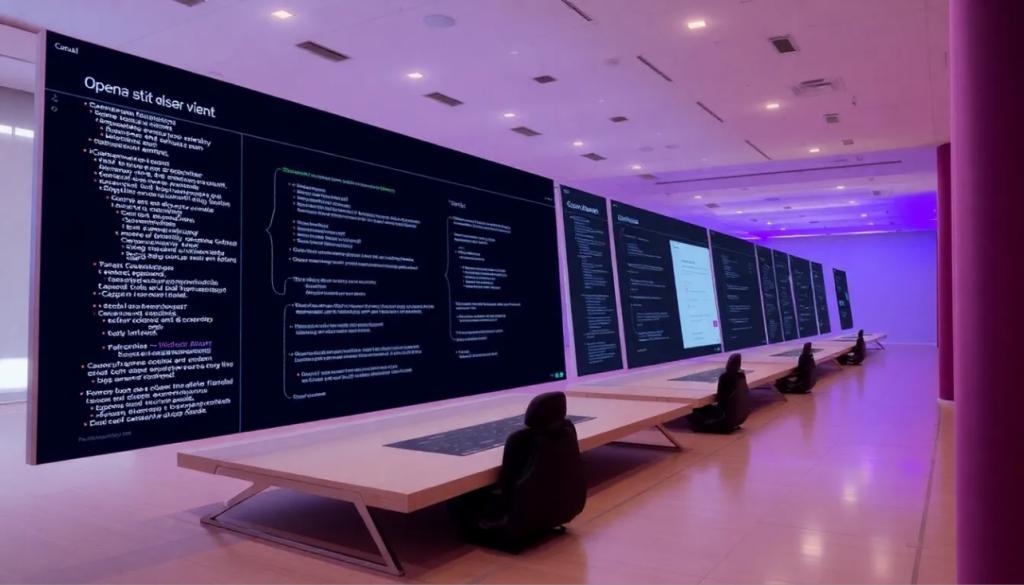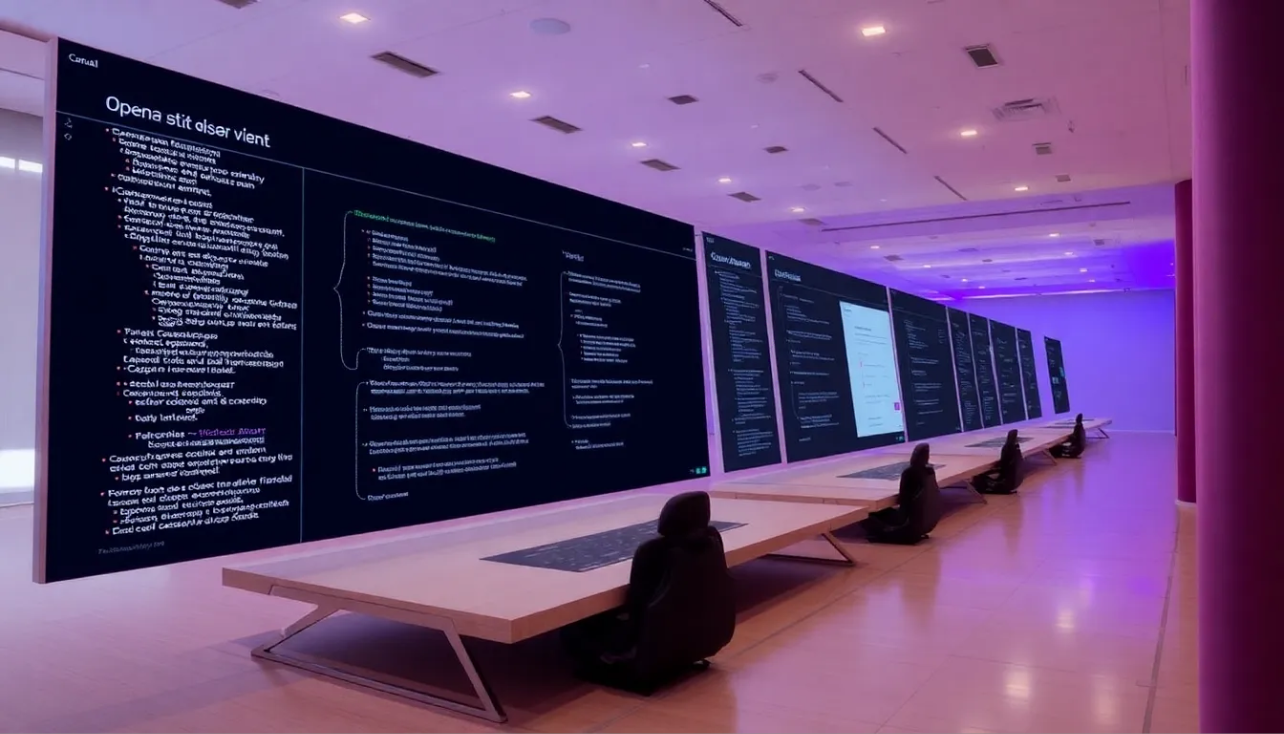ChatGPT grows with Canvas by OpenAI, which is set to change the way we work with writing and coding projects. From the perspective of Proportione , this tool presents a unique opportunity to drive efficiency in creative and technological processes, while optimizing talent management in organizations.
1. Optimization of creative and technical processes
Canvas offers a visual space where you can work on text and code in a more structured and collaborative way. Unlike the traditional chat window, this tool allows users to generate content directly on the canvas and make specific edits in real-time. This adjustability is crucial for companies looking to streamline their processes, as it reduces review cycles and improves the quality of deliverables.
From the point of view of the strategy Proportione digital strategy Technological , this translates into an acceleration of development and content creation times, eliminating inefficiencies in workflows. In addition, since Canvas Allows previous versions of the project to be maintained, teams can easily review and audit changes, ensuring project continuity and improving traceability.
2. Talent empowerment
One of the most valuable aspects of Canvas is their ability to Relieve repetitive workload which often consumes valuable employee time. Mechanical tasks, such as basic editing or debugging code, can now be facilitated by AI, freeing up employees to focus on areas where they can truly deliver strategic value.
From the People Strategy , this is crucial. Tools such as Canvas Not only do they automate work, but they also offer real-time support, which improves individual productivity. By providing instant feedback, AI acts as a co-pilot that helps employees improve the quality of their work, reducing cognitive fatigue and encouraging skill development.

3. Fostering interdisciplinary collaboration
The integration of Canvas It goes beyond simple automation. This tool allows different teams to collaborate more effectively. It is no longer necessary for technologists and content creators to work in separate systems: Canvas It provides a common space where both can interact directly with the same content, make edits, and receive suggestions from the AI.
This type of interdisciplinary collaboration It breaks down silos within the organization and fosters synergy between departments. For companies focused on product development or digital content creation, this can be a step-change in the way projects are managed. Seamless integration between creative and technical teams allows ideas to flow more quickly, accelerating innovation and improving the bottom line.
4. Knowledge management and continuous improvement
In terms of Knowledge Management , the ability to Canvas To save previous versions of the work allows organizations to create a documented history of iterations. This is invaluable when it comes to managing long-term projects, as it ensures that teams can learn from previous versions and avoid repeating mistakes.
This functionality also reinforces the culture of the Continuous improvement within organizations. By being able to review and compare iterations, employees and managers can identify areas for improvement and adjust strategies more effectively.
5. The future of digital transformation
The introduction of Canvas It is a significant step towards smart digitalization, where technology not only replaces repetitive tasks, but also enhances the Human Talent . Instead of simply automating processes, OpenAI is creating tools that foster creativity and innovation within teams. For companies looking to stay competitive in the digital landscape, integrating technologies such as Canvas It is not just an option, but a strategic necessity.
As artificial intelligence continues to evolve, it is possible that traditional writing, such as creating reports or novels, will be almost entirely delegated to these systems. In that scenario, the value will not lie in the initial creation, but in the correction and final adjustment made by humans, who will add the personal and unique touch that AI cannot yet replicate.
The real art in the future will be knowing how to formulate the proper instructions to guide these systems, which is known as prompting. The key skill will be to generate the precise indications that allow the AI to produce the expected results, shifting the focus of production to the strategic direction of the content.
In the field of education, written essays could disappear, being replaced by more interactive dynamics such as oral debates and discussions, where critical thinking and the ability to analyze will be indispensable. Students could train themselves using voice assistants that help them develop their arguments through intelligent replications.
At the same time, the physical world will continue to gain importance as the only space where real and tangible things can be verified. As the digital environment continues to expand, the tangible will become a crucial benchmark for authenticity and validation of experiences and products.
Conclusion
For Proportione , the adoption of tools such as Canvas It represents a step towards creating a more agile, collaborative and talent-focused work environment. By optimizing creative processes and empowering employees, Canvas It has the potential to transform not only the way we work, but also how we think about the relationship between technology and people in the workplace.
This is the kind of innovation that will enable companies to lead in the next wave of digital transformation, where operational efficiency and talent development align perfectly to achieve exceptional results.
